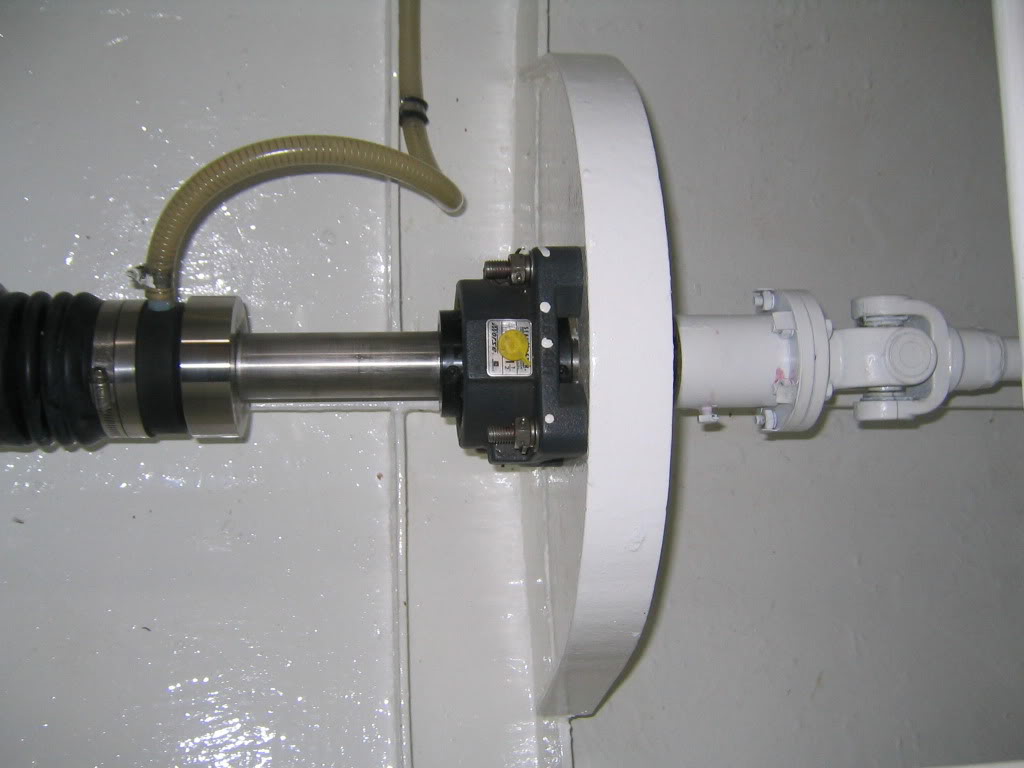Codger2
Guru
- Joined
- Oct 11, 2007
- Messages
- 6,691
- Location
- US
- Vessel Name
- Circuit Breaker
- Vessel Make
- 2021..22' Duffy Cuddy cabin
******** Ditto... I think that the concern over "fuel burn" which seems to dominate this site is really misplaced. There are many other components of buying a good boat that should take preference over "fuel burn."Marin wrote:Frankly, I think debating a single vs twin on the basis of fuel burn (assuming the same kind of boat and engines) is perhaps debating the wrong thing....*
But our preference for a twin over a single has nothing to do with fuel burn. The factors of our preference are redundancy, maneuverability, and the fact I like running multiple engines*

